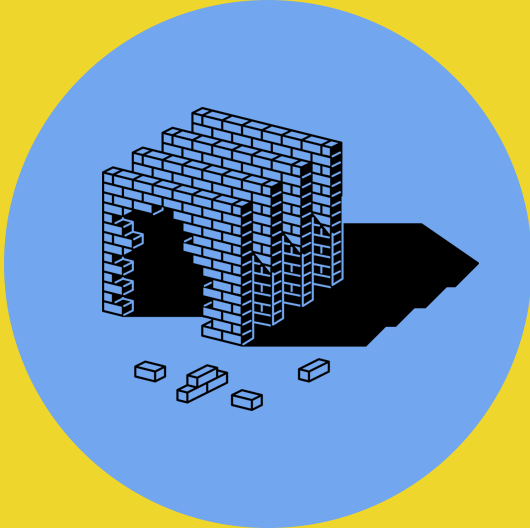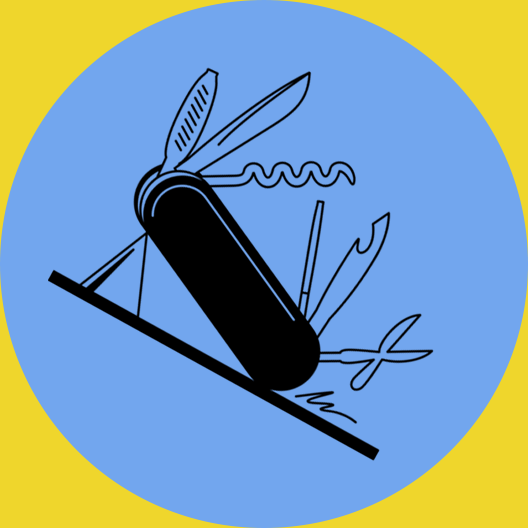
Minnesota Valley Action Council is a recipient of the Bush Foundation’s Bush Prize for Community Innovation.

It can be a hard fact to wrap your head around: even though unemployment is down and the economy looks like it’s rebounding, poverty is up.
In the 1960s, thousands of community action agencies like the Minnesota Valley Action Council (MVAC) formed across the country to work alongside low-income individuals and combat poverty on the front lines. Fifty years later, the problem persists.
“It used to be that poverty meant not having a job and much of the efforts in community action agencies focused on finding employment,” says Amanda Mackie, the executive director of MVAC. Today, close to 25 percent of low-income people in the U.S. hold down employment, though, and many of MVAC’s clients work multiple low-wage jobs. Despite that, poverty rates in MVAC’s nine-county service region have increased by 70 percent since 2000. Of the state’s poorest counties, Blue Earth—home to MVAC’s headquarters—ranks third.

“Livable wages are a big issue in our communities,” says Amanda, who has watched MVAC’s federal and state funding drop even as the problem grows. “People are employed and working, yet they may not be able to take care of the most necessary things like housing and food for themselves and their families.”
Breaking the cycle of intergenerational poverty often means standing by clients and supporting them through a long-term transition as they work to cut ties from government assistance and a lifetime of financial struggle. That was the case for one woman who came to MVAC to learn about its Family Assets for Independence in Minnesota program (FAIM). She grew up in a family that had little money, and found herself facing the same problem as an adult.
“She was at rock bottom when she approached us,” says Judd Schultz, MVAC’s housing services director. “She had no support from her family who couldn’t understand why she was doing all of this when she could just rely on welfare support like they did.”
As a FAIM participant, the young woman learned how to budget, manage her debts and successfully handle financial responsibilities. Over several years, she saved up enough money to buy her first home through FAIM. She later returned to MVAC’s program a second time to pursue her education—first a GED and then a graduate-level degree. Today, she works as a nurse, and throughout her time with MVAC one thought moved her forward: her daughter needed to see her get up and go to work each day so the cycle of poverty stopped with her.

Stretches of sloping farmland and a smattering of small towns connect the nine southern Minnesota counties where MVAC provides resources and supports individuals with low-wage jobs on the path toward self-reliance.
As the makeup of these communities changes, MVAC’s fight against poverty demands diverse tools and fresh approaches to match the many ways financial challenges emerge.

MVAC’s staff is deeply connected to the people it serves. The organization listens to and tracks the needs of its clients through focus groups and surveys. Outreach and engagement often happens in collaboration with other community organizations, like a new partnership with Mankato social work students that allowed MVAC to put people in neighborhoods to talk directly with clients. MVAC also relies on a 27-member tripartite board that includes elected officials, low-income representatives and members from the private sector. This diverse group brings together an array of backgrounds, experiences and contrasting opinions that lead to rich brainstorming and problem-solving sessions. Each member holds equal weight, and decisions are made by consensus.
As a vital part of the community fabric, MVAC has spent decades building and sustaining relationships with clients. Being deeply entrenched in the region keeps MVAC responsive to the shifting nature of poverty in rural areas and allows for quick response to issues. MVAC’s agility in the face of community changes and plodding government support has made it a leader among community action agencies. In the face of dwindling federal and state funds, the group developed a portfolio of self-sustaining social enterprises and effective community partnerships that furthers its core mission while providing additional revenue streams.
MVAC continually encourages staff, clients and community members to identify pain points and propose solutions. Those who suggest ideas to better serve clients and increase the effectiveness of the organization are given the go-ahead to research an issue, approach collaborators and test solutions.
“Our staff members are fearless advocates and champions of new ideas and programs,” says Amanda. “Many of them have worked with MVAC for a long time and they’ve seen ups and downs. They know how to think on their feet if the floor gets pulled out from under us.”

When programs like FAIM faced cuts at both the state and federal levels, MVAC employees started to identify ways to generate new money to continue operating under-resourced programs.
After researching models from other states and organizations, MVAC reimagined its role beyond the typical expectations of a community action group. Social enterprise became its new secret weapon. MVAC’s flagship ventures include the Wheel Get There car donation program and two thrift stores in Mankato and New Ulm. The flexibility of these in-house programs gave MVAC a reliable stream of income to serve more people without being at the mercy of federal budget cuts and political yo-yoing.
“We still write grants and seek funding, but if they don’t come through or fall short of what we need, we know we can think creatively and try different alternatives,” says MVAC’s executive director. “We don’t panic.”



Creates a Shared Vision: MVAC is working to turn local food into a source of cascading innovation and has the potential to redefine its role as a community action group. The organization is researching freezing operations to extend the selling season for Minnesota-grown produce, and is investigating the potential of powering year-round greenhouses with the waste (heat and carbon dioxide) from ethanol plants. MVAC is developing a new program called Grow-a-Farmer, where MVAC uses land it owns or leases to train future farmers.

Continues Through Setbacks: For people working their way out of poverty in rural areas, dependable and affordable transportation is a must. In 1998, MVAC started its Wheel Get There program. Every year people donate up to 200 vehicles for the program, but it was never enough to meet demand. In 2011, MVAC launched its vehicle lease program, a self-sustaining initiative that enables low-income workers to lease new, fuel-efficient vehicles with zero interest and no down payment. Participants receive budget coaching from staff to improve their financial literacy, and MVAC requires that they make monthly payments in person to foster relationships. Lease payments accumulate in a fund dedicated to purchasing new cars for the program.

Exhibits Resourcefulness: Historically, community action agencies have received a bulk of their funding from the government, but MVAC decided to pursue an untraditional avenue to finance its work: private fundraising. To do that, the organization took on the challenge of planning an annual gala to generate money. Each year, the success of the event increases the amount of unrestricted funds MVAC can use to sustain existing programming and develop new work.

Produced in partnership with the Bush Foundation
to showcase the culture of innovation
behind its Bush Prize winners.
Contributors



